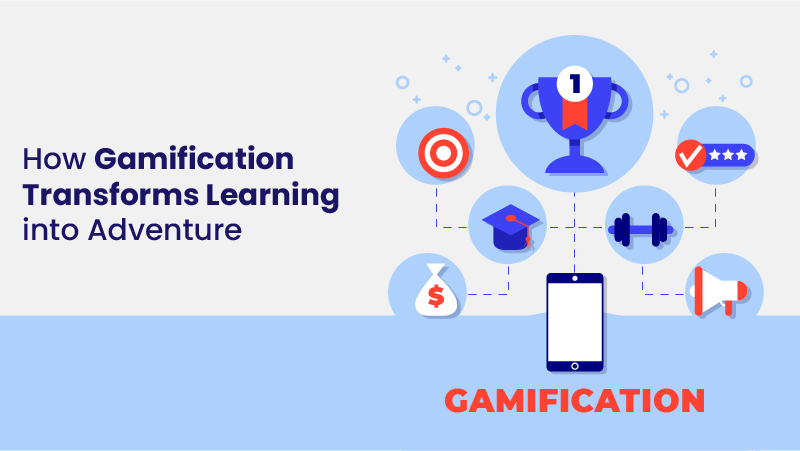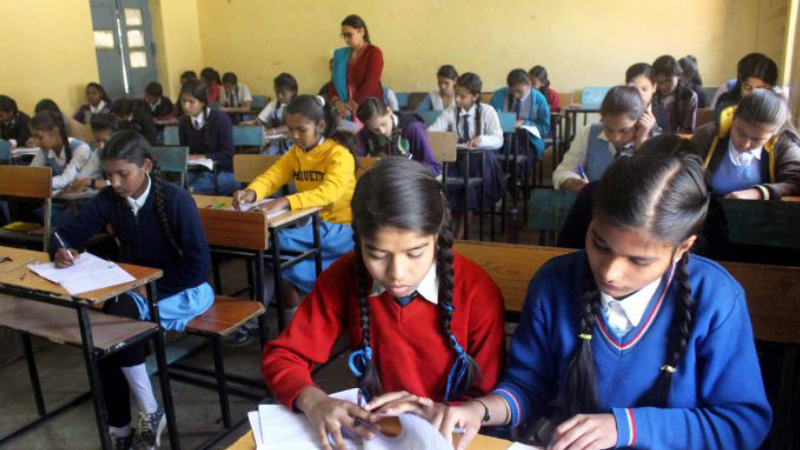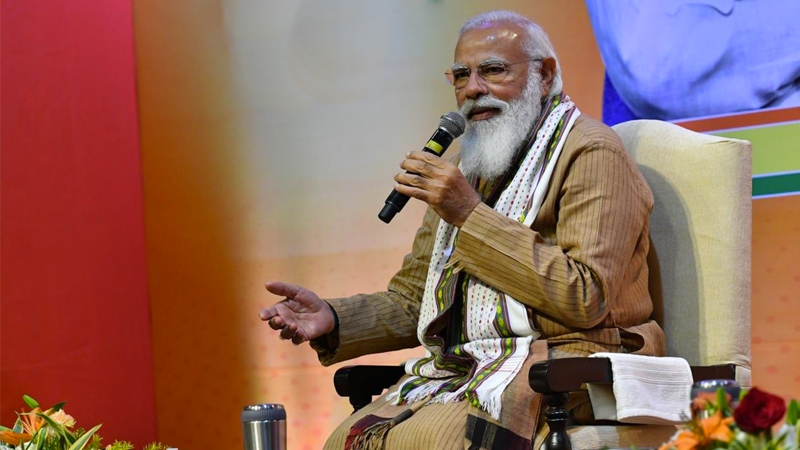Trending Now
Sunday, Nov, 2024
Home / How Gamification will Revolutionalise Education; the future of Gamification in Learning
How Gamification will Revolutionalise Education; the future of Gamification in Learning
Gamification is an educational approach that aims to construct the element of enjoyment and engage the attention of students toward beneficial learning. At the same time, by piquing the interest of learners via gamification of learning, the goal is to encourage and inspire students to continue learning.
 by Pragti Sharma /
by Pragti Sharma /  28 Oct 2022 14:57 PM IST /
28 Oct 2022 14:57 PM IST /  0 Comment(s) / 283
0 Comment(s) / 283

The technological world has made some exceptional improvements over time. There have been multiple innovations that make teaching and learning easy. There is no shortage of technology making the education field fun and participatory, be it interactive learning or teaching via artificial intelligence. Of the various technological verticals making up the latest trend in Edtech, gamification is taking the lead. The idea of gamification in learning calls is for motivating students with the help of video games and their different aspects in a friendly environment.
Gamification is an educational approach that aims to construct the element of enjoyment and engage the attention of students towards beneficial learning. At the same time, by piquing the interest of learners via gamification of learning, the goal is to encourage and inspire students to continue learning.
There are mainly two types of gamification- structural and altered content methods. The structural gamification strategy includes no changes in the subject matter, while the second-altered approach is about adding subject matter to the topic. To put it in more uncomplicated terms, gamification in learning is about describing and adding characteristics to the study matter that include games that are fun and, at the same time, motivate the person to continue with it.
The current system of gamification in learning:
Recently, a study conducted by BlueWeave Consulting found that the global education gamification market was worth USD 697.26 million in 2020 and is additionally predicted to reach USD 4144.97 million by 2027. Despite this increasing number and interest in educational technology, the study says that EdTech start-ups are continuously looking for new perspectives to make gamification redefine learning in the future.
In the current context of technology integrating with education, gamification is still at a developing stage. However, the small-scale spread of this technology in education has only made the present education system superior, as with games and digital forms, learners experience relatedness.
At the same time, the incorporation of gamification builds an environment that makes a student accept their reality as a learner. The addition of gaming factors in the case of understanding or presenting a subject matter offer students the opportunity to speak independently and with confidence. This is because gaming is a familiar language, and any explanation emanating from there will help make it simpler to understand.
The added benefit of games in learning is that they offer students a path to pick a particular skill. Specific game tools, which are moderately trouble-free, let the student achieve a comprehensive or detailed understanding of a concept by playing and mastering it.
Boosted attention span and interactivity, mixed with the initiating wish to learn and present by students, has resulted in the growing importance of gamification. It makes the procedure of learning extra enjoyable for students and also makes teaching effortless. Progressively with time, gamification displayed a growth in participation from students, which verified its relaxing impact on the minds. This approach inspires learners to express their doubts with ease.
The latest technology can be added to the gamification of the learning realm and make it simpler for learners to develop their skills. Technology can provide tutors with a tool to build courses in a manner that can be easier to process and reach an enormous number of people.

Blog / February 11, 2024
Mastering Spoken English: A Journey Through Real-Life Conversations

Blog / January 19, 2024
The Crucial Need for Cybersecurity Education in School Curriculums

Blog / December 19, 2023
How Gamification Transforms Learning into Adventure

Blog / December 01, 2023
Empowering Education: How Artificial Intelligence Shapes the Future of Learning

Blog / September 10, 2023
Looking for Scholarships? 3 Programmes to Apply for by September-October 2023

Blog / May 11, 2023
Top 10 Career Choices for Generation Z

EShort / February 16, 2024
IMS Noida Admissions 2024: Apply for UG, PG programmes

EShort / February 16, 2024
GATE 2024: Response sheet out

EShort / February 16, 2024
BSSTET 2023: Admit card released

EShort / February 16, 2024
NID DAT 2024: Prelims result released

EShort / February 16, 2024
IIT JAM 2024: Response sheet released

Jobs / February 16, 2024
UPSC Recruitment Drive 2024: Apply for 120 vacancies in various departments

EShort / February 14, 2024
UPSC CSE 2024: Official Notification issued; application process begins

Editor's Desk / April 17, 2020
How Does Society Impact Our Education?

Current Affairs / April 22, 2020
Mr. Sudarsanam Babu appointed to U.S. Science Board.

Reforms / April 17, 2020
Traditional Structure of Education In India
.jpg)
Events & Seminars / April 17, 2020
PISA!!

Blog / February 26, 2021
Government's Action On #ModiRojgaarDo

EShort / May 19, 2022
CUET PG 2025 has started the registration process.

Notice Board on Important Dates / April 21, 2020
World Heritage Day

News / July 08, 2021
JEE Mains Registration For Session 3: Last Date To Apply

EShort / December 14, 2021
UPSC Declared Final Result For DCIO Recruitment



















0 Comments
Post Comments